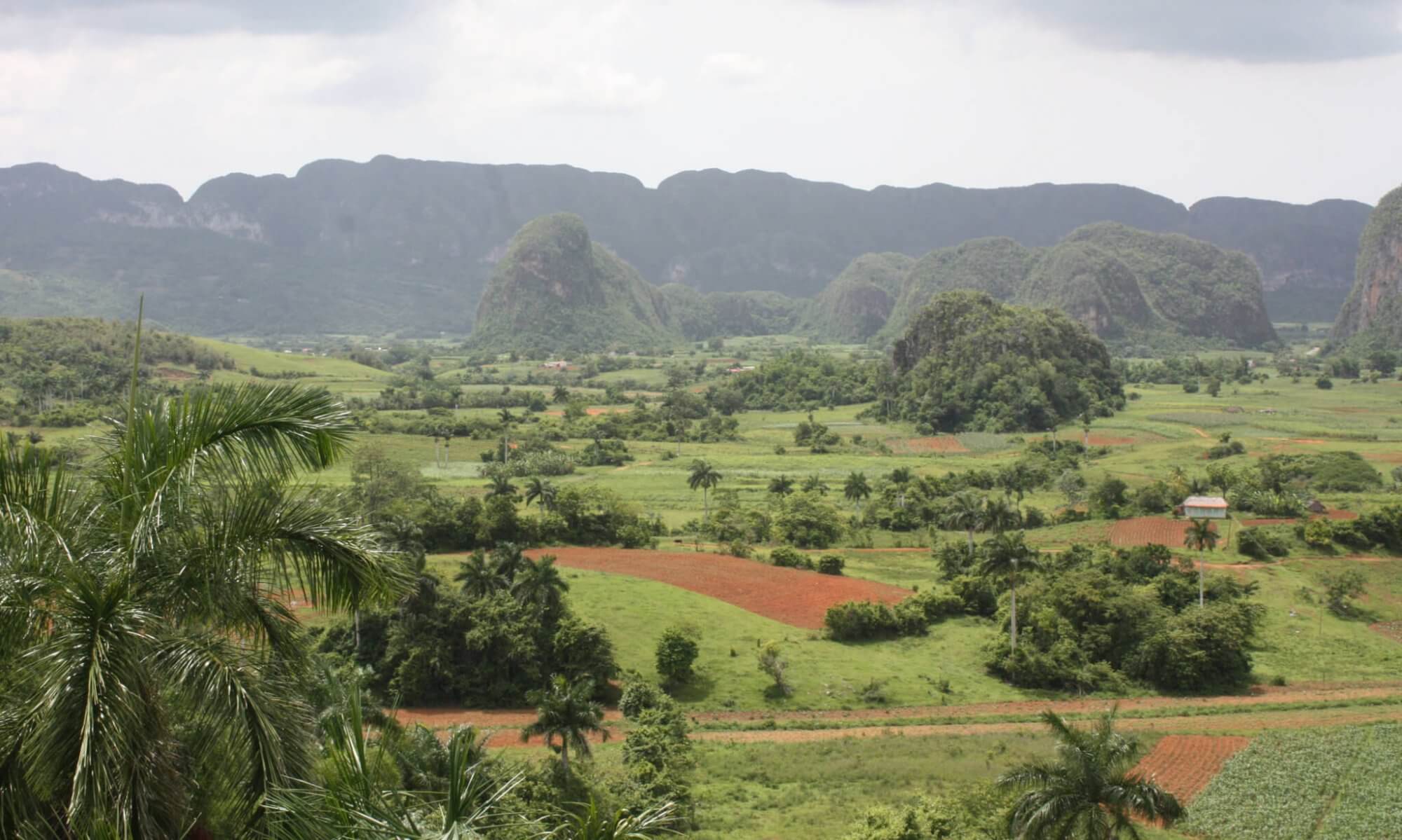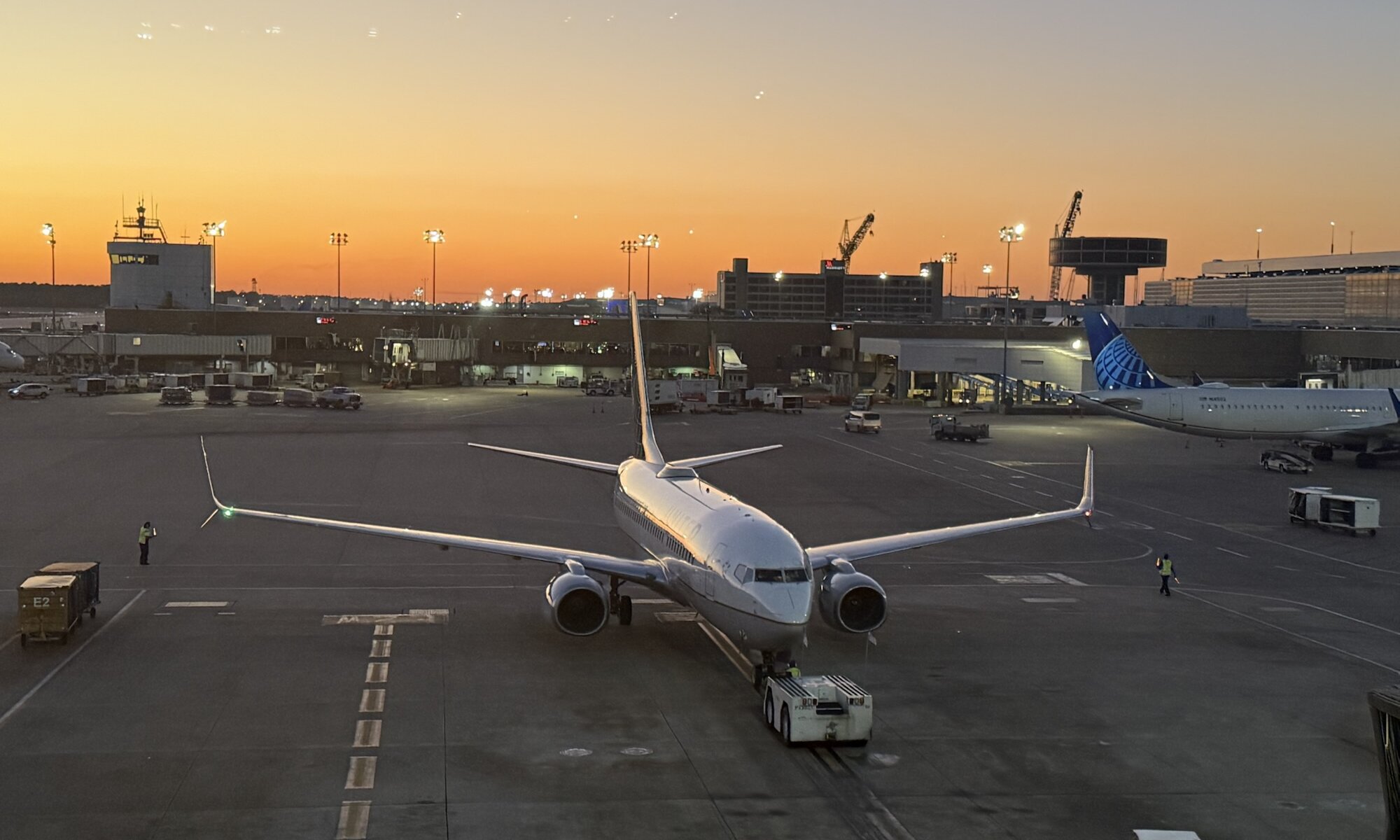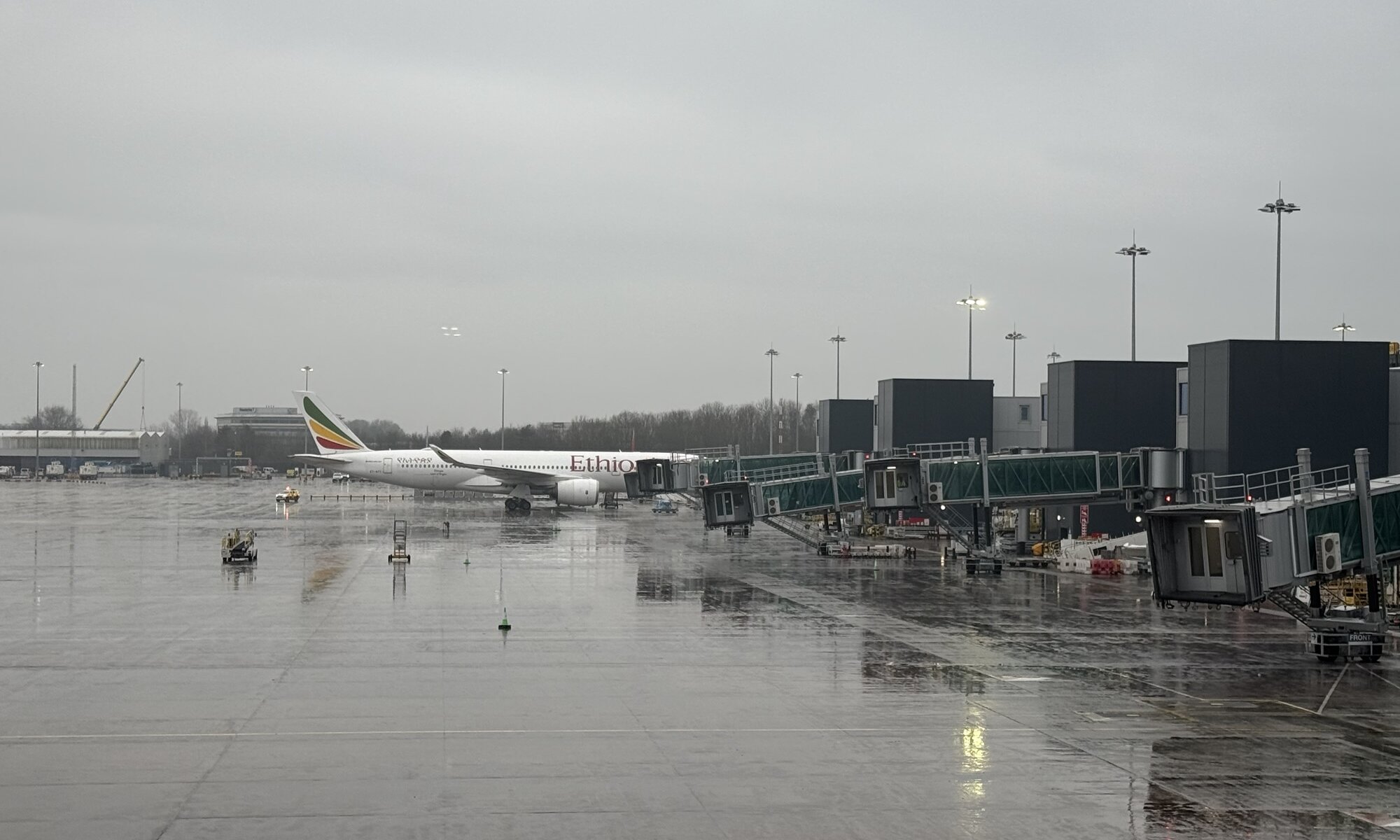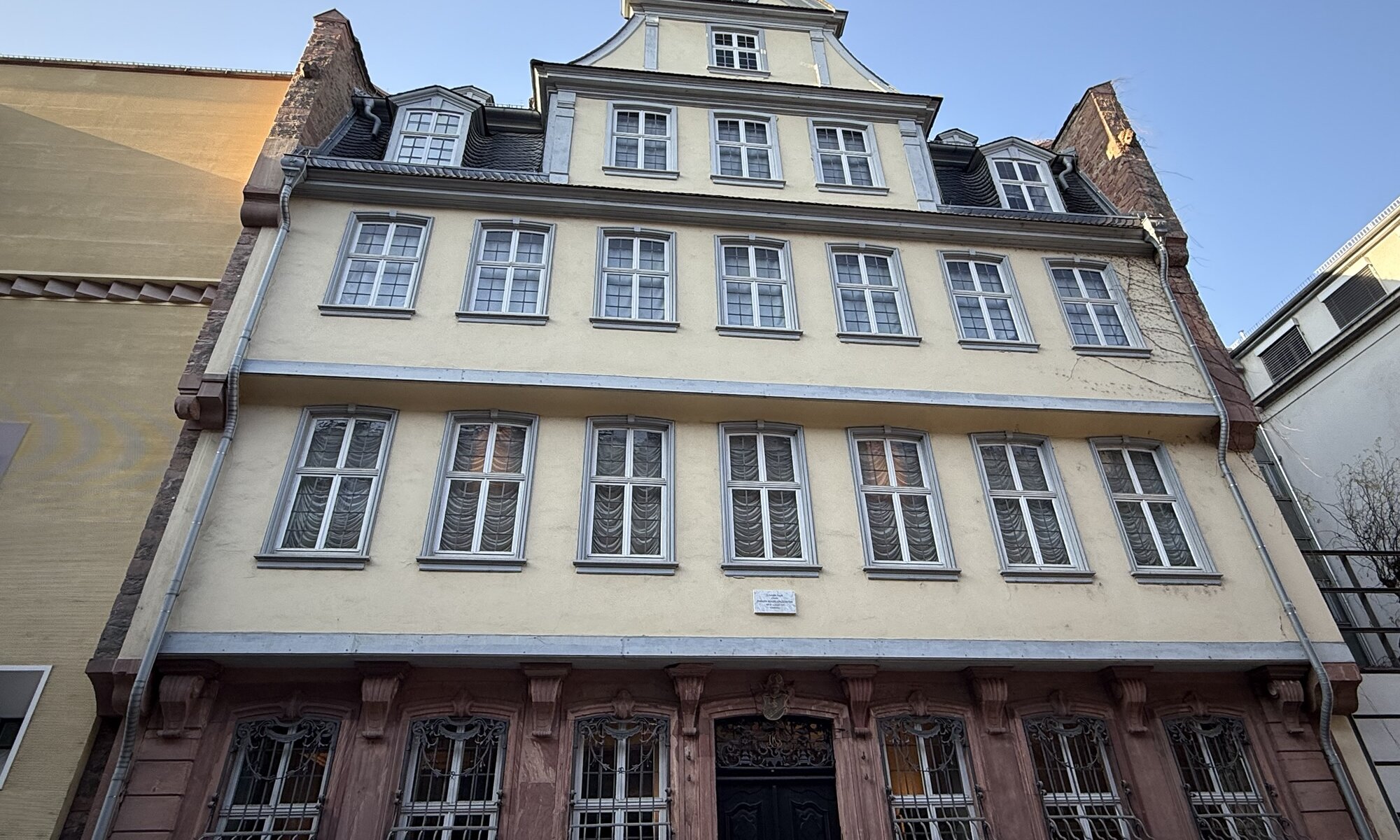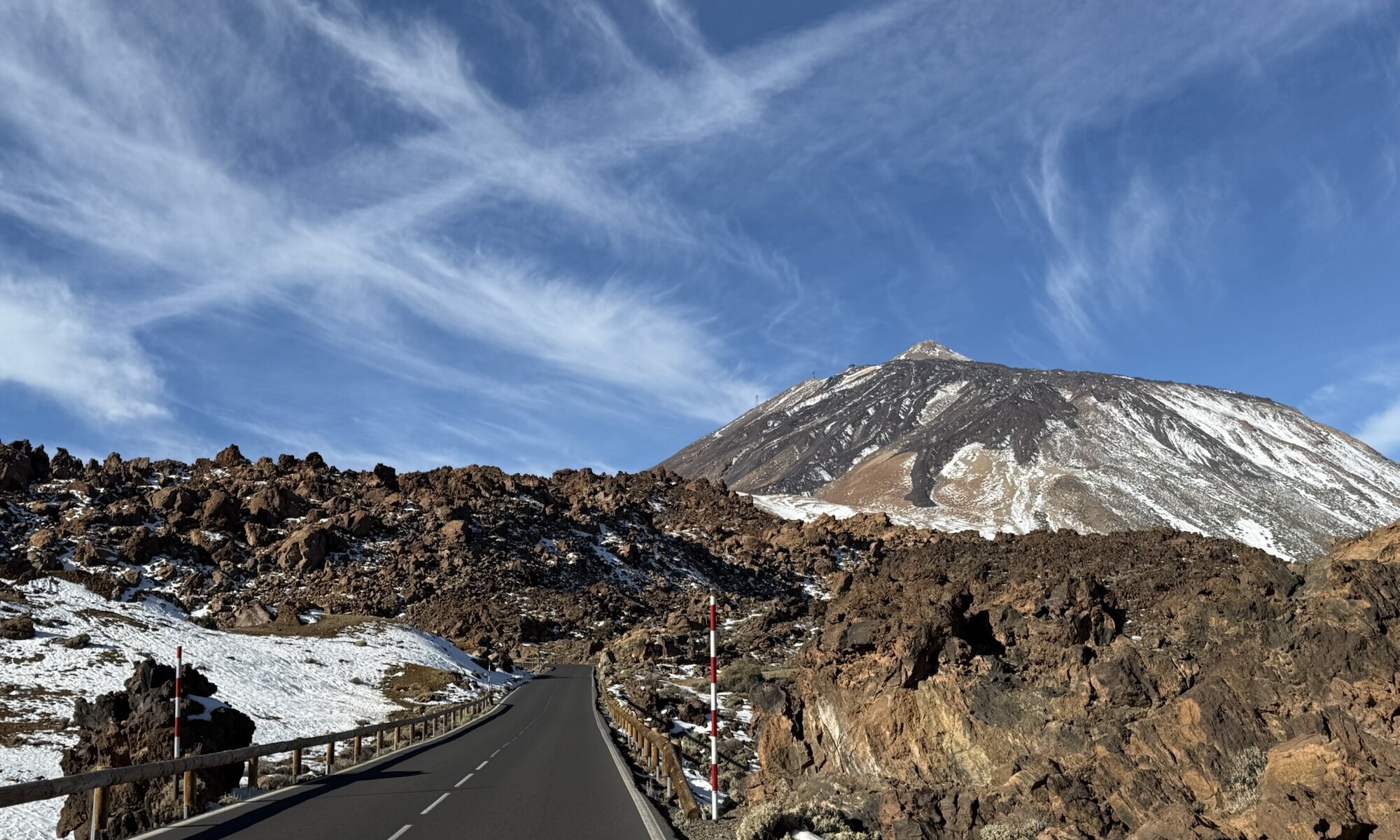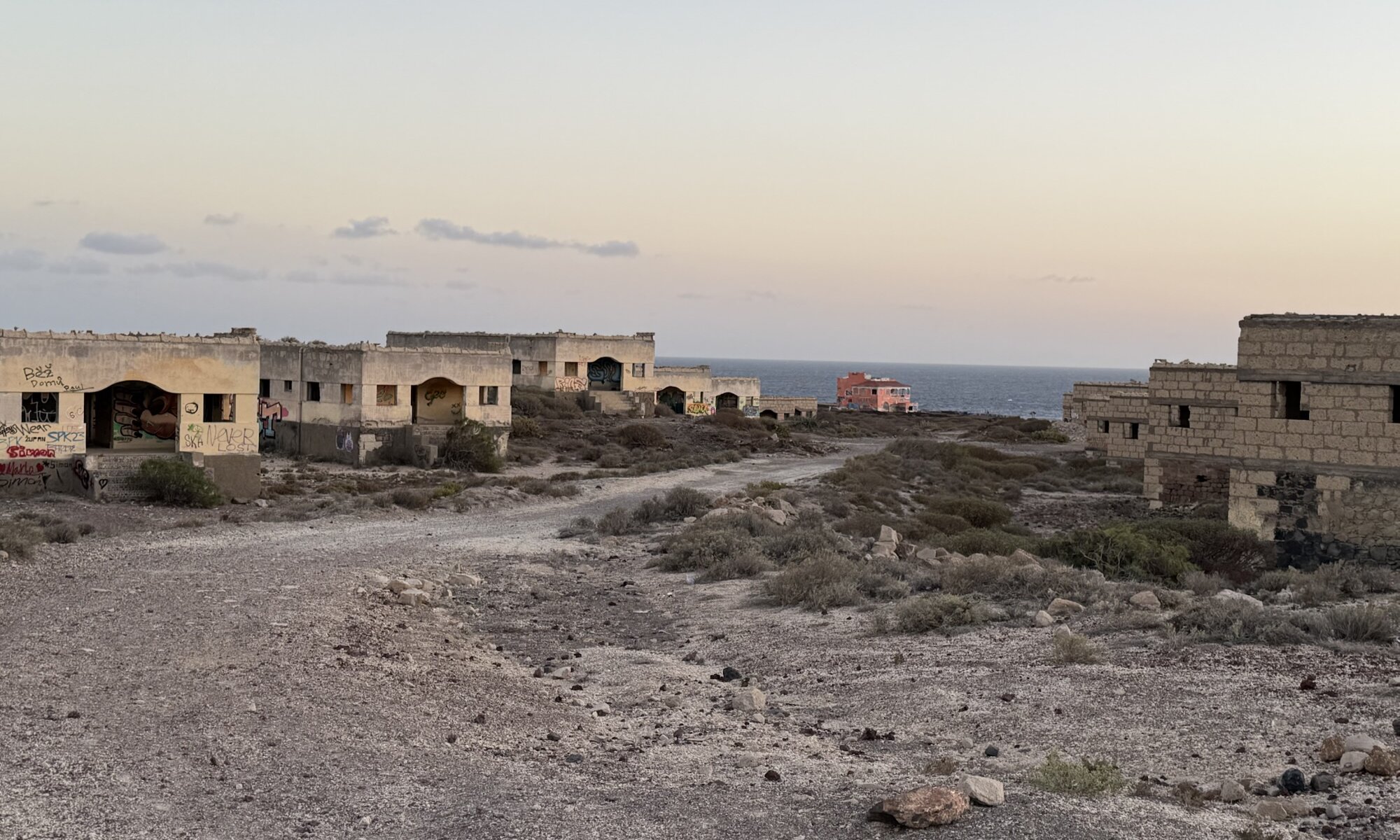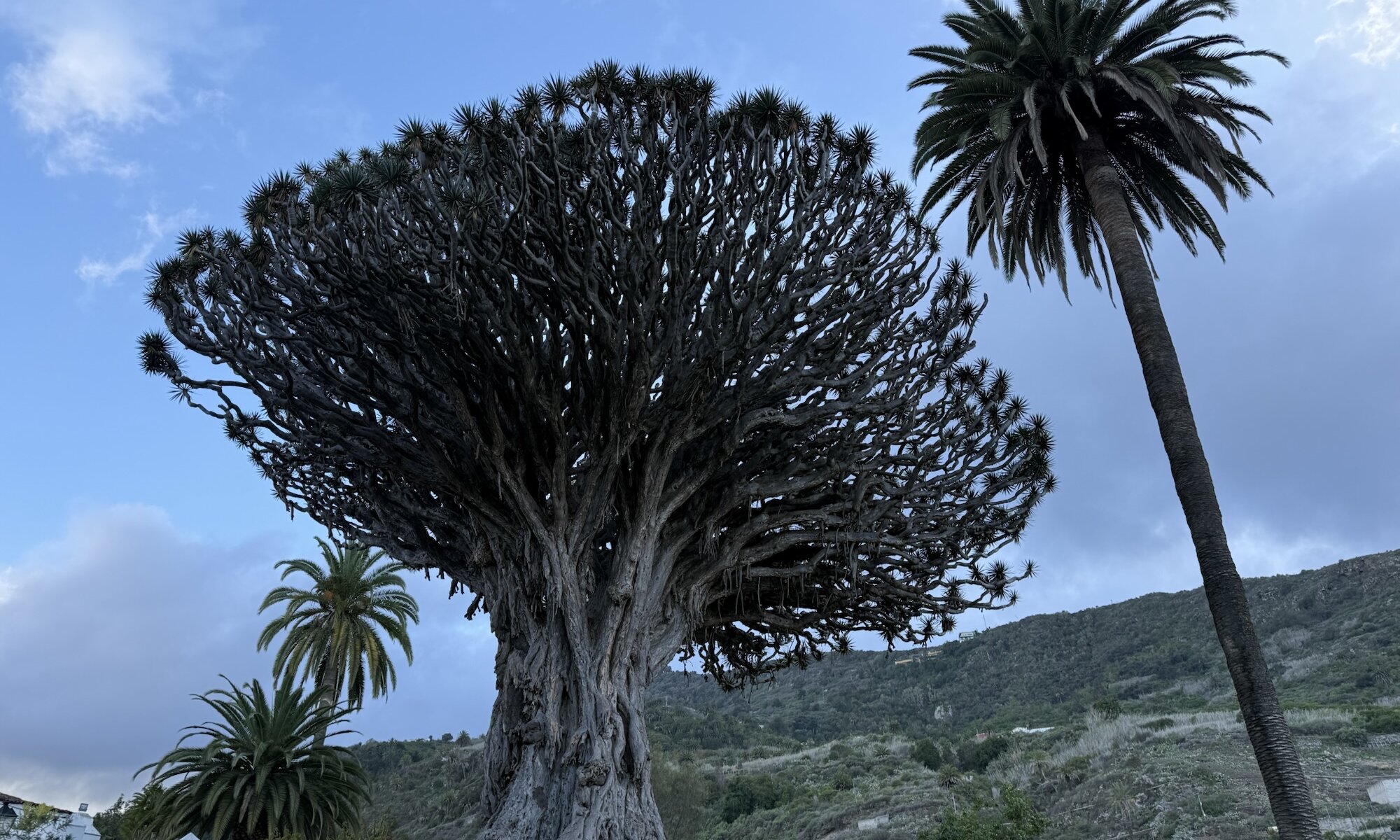The airport of Houston (IAH), originally named Houston Intercontinental Airport, opened its doors in June 1969 and has since become a major hub for international travel in Texas. Renamed in 1997 after the 41st President of the United States, the airport spans over 4,000 hectares and features five runways, making it Houston‘s largest airport and the #8 airport in the United States. It serves as a premier long-haul facility for the region, supporting 26 airlines that offer flights to 187 non-stop destinations. The airport has obviously aged over time but is working well and fast.
Continue reading “George Bush Intercontinental”Manchester Airport
Well, the airport of Manchester isn’t very modern and does deserve a makeover. But maybe the busiest airport of the United Kingdom outside of London also fits well to the worker bee city, to the former heart of the Industrial Revolution. MAN airport was opened in 1938 and formerly known as the Ringway Airport – it is located 15 kilometers south of the city, in the civil parish of Ringway. The airport has two runways and three terminals nicely linked using skylinks.
Continue reading “Manchester Airport”Dichterfürst
One of the most important sons of the city of Frankfurt am Main is for sure Johann Wolfgang von Goethe. He died at Weimar and is buried at the Fürstengruft there, but he is still present in his birthplace. One example of that is the Frankfurter Goethe-Haus at the Großer Hirschgraben, the place he was born at in 1749 and the seat of his family until 1795. Unfortunately, the house itself was destroyed in 1944 during an air raid – but the interior was preserved. After long debates the house was rebuilt and serves as a museum today.
Continue reading “Dichterfürst”Teide
The highest mountain of Spain can in fact not be found on the Spanish mainland, but on the island of Tenerife belonging to the Islas Canarias. The Teide is 3,715 meters high and of volcanic origin – the last erruption was in 1909. Surrounding the mountain you can find a beautiful national park and a caldera named Las Cañadas with a diameter of 17 kilometers. The Pico del Teide was also the holy mountain of the Guanche indigenious people who gave it the name Echeyde, El Teide is just the Spanish transformation of this name.
Continue reading “Teide”Ghost town
If you’re into lost places or graffiti art you should consider a visit to the Sanatorio de Abona at Abades, on the southern coast of Tenerife. Leprosy reached the island rather late and in 1943 it was decided to create a sanatorio with all you need: from different houses via hospitals to a church in Franco style. Prior to finishing the construction works leprosy could be defeated and the sanatoria became superfluous. Not a single person moved and was treated there. As the buildings were never finished and repurposed, Abades is today a ghost town close to the shore and tourist houses.
Continue reading “Ghost town”Drago milenario
The icon of the city of Icod de los Vinos is a very old ‘dragon tree‘ or Dracaena draco. These trees grow very slowely and in former times this large one was expected to be 3,000 years old – in fact it is growing close to the city center since 600-800 years, still impressive. The Drago is 16 meters high and has a circumfence of six meters. Its resin is blood red and the Guanche living first on the island treated the tree as their sanctuary and used the resin to cover their deceased. The tree has been declared a national monument in 1917.
Continue reading “Drago milenario”Reina Sofía
North and south are concepts that are used in a flexible manor on Tenerife. The island was created by different volcanoes and is Y-shaped. Everything that is rather north of the central mountains is considered north, everything else as the south-side of the island. Driving distances are never really long, but it might be sensible to have an airport north and south of the Teide mountain. The one in the south is the Aeropuerto de Tenerife Sur Reina Sofía (TFS) located in the community of Granadilla de Abona.
Continue reading “Reina Sofía”Marrakech-Ménara
The international airport of Marrakech (RAK) is located at the city quarter Ménara pretty close to the modern part of the city. It was opened 1942 as an airbase of the United States (like most airports at Morocco) and transports 2.5 million passengers each year with its one runway. That is just a third of the volume of the airport of the economic powerhouse, Casablanca. The modern airport building is connected via busses to the city, but because of the short distance also fixed-price taxis are a very valid option.
Continue reading “Marrakech-Ménara”Jardín Ménara
Where do the locals of Marrakech spend their Sunday afternoons? A lot of them you can find in the relaxed atmosphere of the Jardín Ménara, a vast olive grove in the southwest of the city. Between these olive trees people gather for a picnic, play and make music. Food and drinks are sold on the ways leading through the garden and to the large water reservoir in its center. The garden was created in 1156 by the rulers of the Almohad caliphate and today belongs to the Marrakech UNESCO world heritage site.
Continue reading “Jardín Ménara”Oullywood
One of the most beautiful places of Morocco is Äit-Ben-Haddou, a traditional city with houses made of clay at the Asif Ounila river. It is a maze of streets, towers and houses in the desert which slowly turned from a real city into a movie industry hotspot and tourist location. Today still some people still live there, but preserving the hold houses is costly and housing comfort is better elsewhere. Those who stay, live from tourism and therefore preserve this magnificent place.
Continue reading “Oullywood”